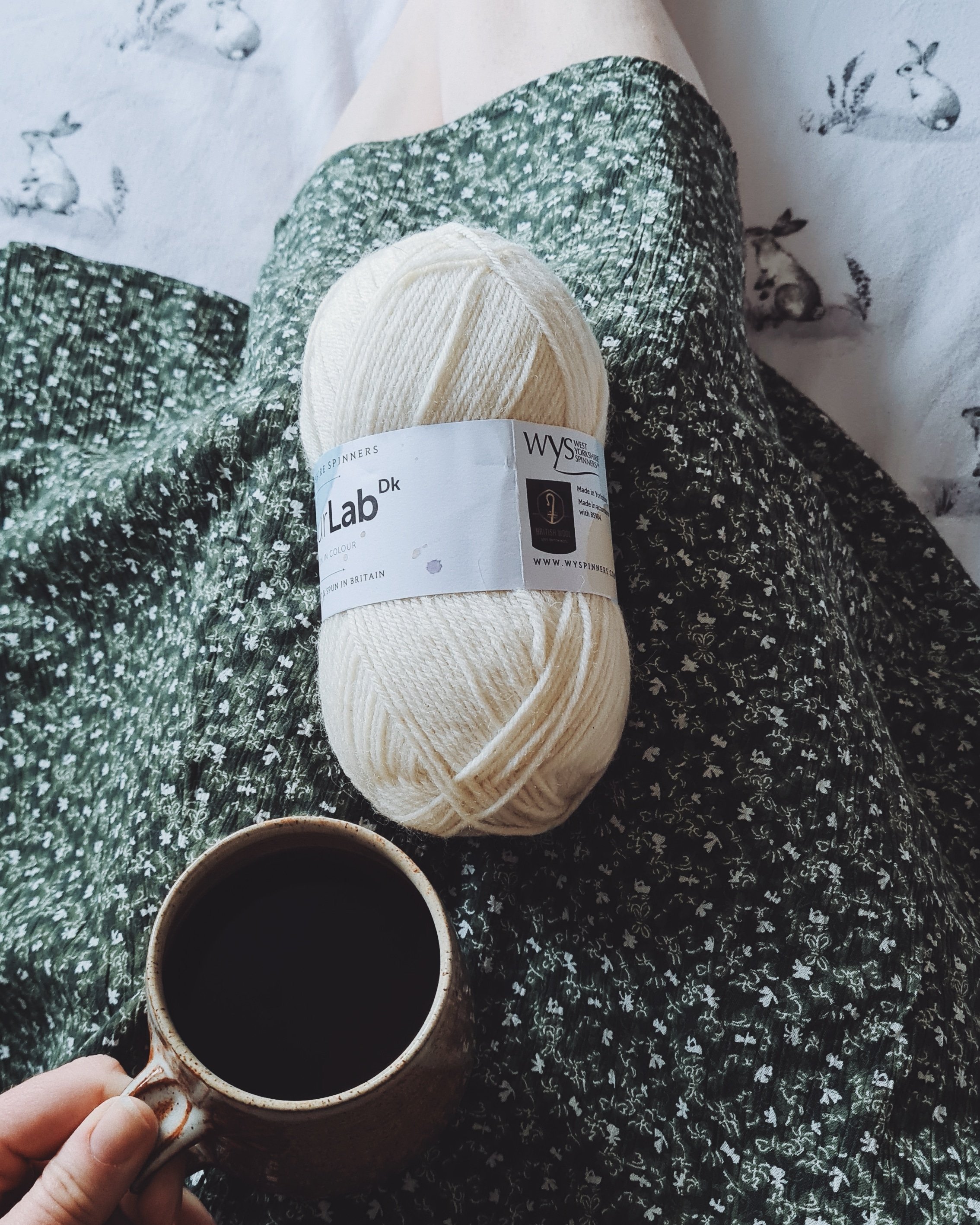It’s no secret that life on Instagram is pretty tough at the minute. Tried and tested posting strategies just aren’t working as they used to. And even when you do jump through all the hoops that Instagram seemingly requires of you - hello Reels - you still are left with engagement stats that make a ghost town looks positively vibrant.
There’s no doubt that Instagram is going through a midlife crisis and seems to have forgotten what it wants to be. In it’s quest to be like the other cool platforms it has ended up like someones Dad at a hipster party, slightly awkward and out of place. Desperate to be relevant in a room full of indifference.
Hopefully it will sort itself out soon and until then we just keep plodding on, trying to connect with our audience and to catch up with the people that we have come to enjoy hanging out with there.
I have seen a lot of weeping and wailing though from some quite big accounts. Obviously people’s businesses and incomes are taking a huge hit right now, especially those whose businesses centered largely around selling to their Instagram audience. And a lot of comments along the lines of ‘we’ve earned that audience’ or Instagram owes it to us to sort things out’.
And wow, that’s quite the statement to make. Yes, of course we have worked hard to acquire an audience on Instagram and we’ve certainly put the hours in to generate those likes and comments and sales. But, make no mistake, those people are still Instagram’s audience, not ours. At best we have borrowed them for a while.
It is very literally a case of building a platform on someone else’s land. Unless you have moved those people across onto your email list or other platform - that you own - then they aren’t your audience.
As attractive and photogenic as that Instagram basket is, it’s a good idea to move some of your eggs out of it. At least until Instagram gives it’s head a wobble and gets back in the game.
An email list is one way of doing that, another is through the use of Facebook Groups. Yes, I know it’s another Meta-platform and yes, I know that you still don’t own that either. But an active, engaged Facebook Group is still a really good way, right now to connect to your people. Whilst there is undoubtedly a demographic that prefers to be Facebook-free, over 70% of Facebook users say they visit the site at least once a day. An active Facebook Group with dynamic and new content is a great way to be visible and to show up on people’s social media, in a way that Instagram at the minute just can’t do.
I recently dusted off my 20k-strong Facebook Group - the Everyday Knitter group. I archived it in 2020 in a mid-pandemic state of overwhelm, back when everything just felt too much. But I missed it. I missed the daily connection with people, with friends. And I missed that feeling of belonging to a community. So I resurrected it and I’m thrilled with how it has just picked up where it left off. Sure, we lost a few members along the way and I had some dormant accounts to clear out, but of 20k members, 11.5k are classed as active in the group (according to Facebook’s metrics) and we have lots of chatty and engaged members in there on a daily basis.
Facebook Groups are something that I feel really passionate about, I really do think they can help small businesses connect to their customers in a meaningful way and that’s why I have written the Grow With Groups course.
If you have had ‘start a Facebook Group’ on your to-do list for ever, but have always been reluctant to give it a try, or you don’t know where to start then this is the course for you.
Why not take a look and see what you think? We start on Monday 4 July though, so don’t wait too long.


